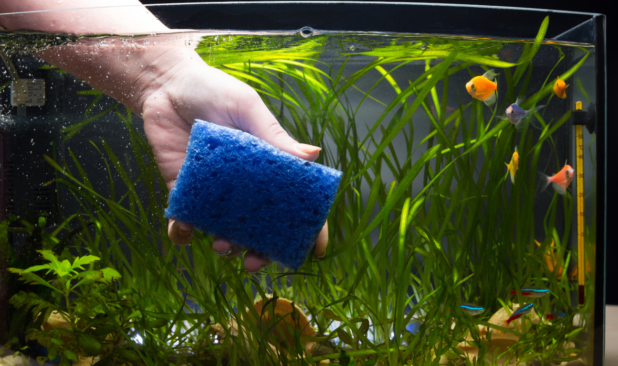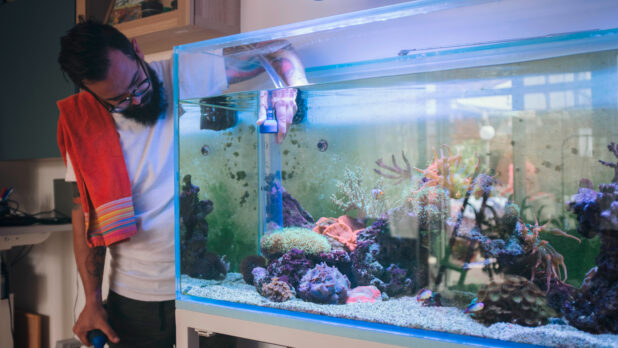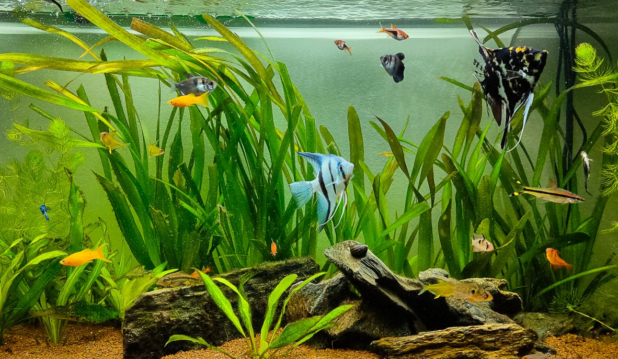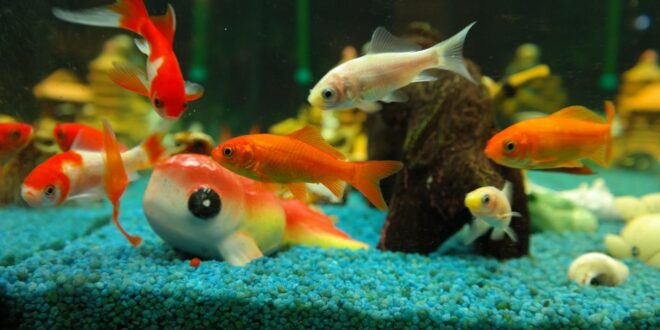If you’ve ever had an aquarium as a hobby, you already know that taking care of fish, plants, and other aquatic life is no easy task. Successfully caring for many species of fish requires knowledge of the nitrogen cycle and an understanding of how to control ammonia and nitrite.
But what is nitrogen cycle?
Without this fundamental knowledge, you might also know that keeping fish in an artificial habitat is an impossible task. Fortunately, learning all you can about the nitrogen cycle is the first step to keeping your aquarium well-oiled and full of healthy fish.
Read on!
Table of Contents
Overview of Nitrogen Cycle
The nitrogen cycle in an aquarium is a naturally occurring process that helps to maintain water quality and a healthy aquatic ecosystem. It is essential for the survival of aquarium inhabitants. The cycle works by breaking down pollutants such as nitrates and ammonia into useful substances that can be used by aquarium plants and animals.
This process starts when beneficial bacteria, such as Nitrosomonas and Nitrobacters, break down large molecules such as ammonia and nitrites. The outcome is smaller molecules such as nitrates. To get a better view of a fish that survives this way, find here a good example.
How Long Does Nitrogen Cycle Take

A nitrogen cycle in an aquarium typically takes 4 to 6 weeks to complete. This process of breaking down and eliminating aquarium toxins is vitally important. This is for the good of the fish and their environment. During the biological cycle, ammonia is converted by beneficial bacteria first into nitrite, then into nitrate.
The nitrate is expelled by doing water changes or using chemical filtration like activated carbon. Thorough testing of ammonia nitrite and nitrate should be conducted throughout the process to ensure optimal water quality.
How Important is Nitrogen Cycle
The nitrogen cycle is critical in establishing and maintaining stability in an aquarium. Nitrogen serves an important role in the health of an aquarium. It helps to maintain optimal levels of oxygen and other essential nutrients in the water.
Without the nitrogen cycle, the aquatic environment may not be able to maintain its natural balance. This leads to unhealthy conditions. It is important to understand the nitrogen cycle and ensure that it is functioning properly to maintain optimal aquarium health.
How is Nitrogen Cycle Done

The nitrogen cycle is done in a closed system, where the water is circulated through a biological filter which is comprised of beneficial bacteria. The bacteria flow through the filter and then convert the harmful ammonia and nitrite into nitrate.
This of which is a form of nitrogen that can be taken up by plants in the aquarium and then passed back into the water. The process is then complete when a portion of the water is removed from the aquarium and replaced with fresh, dechlorinated water. This process should be done regularly to ensure the optimal health of the tank and its inhabitants.
Understanding What is Nitrogen Cycle

The nitrogen cycle is essential to the well-being of fish in an aquarium. By regularly monitoring water parameters and conducting water changes, aquarium owners can ensure that their tanks have the right balance of nitrogen. This is the process that is also called new tank syndrome.
With the right balance, aquariums will be healthy environments for all of the organisms living within them. If you need help understanding the what is nitrogen cycle, talk to an expert at your local pet store.
If you want to read more interesting articles, follow our daily blog post.
 World Magazine 2024
World Magazine 2024






